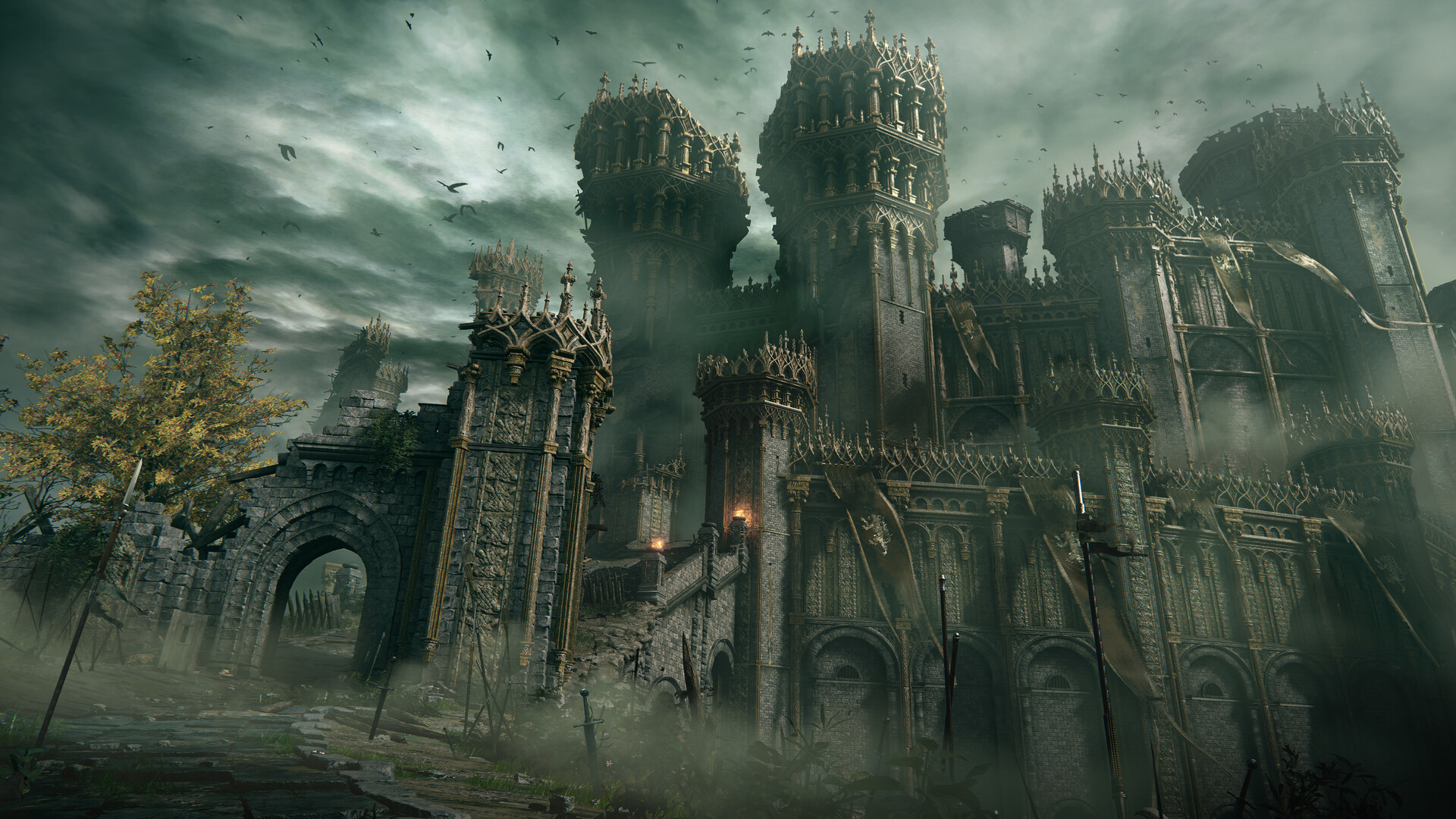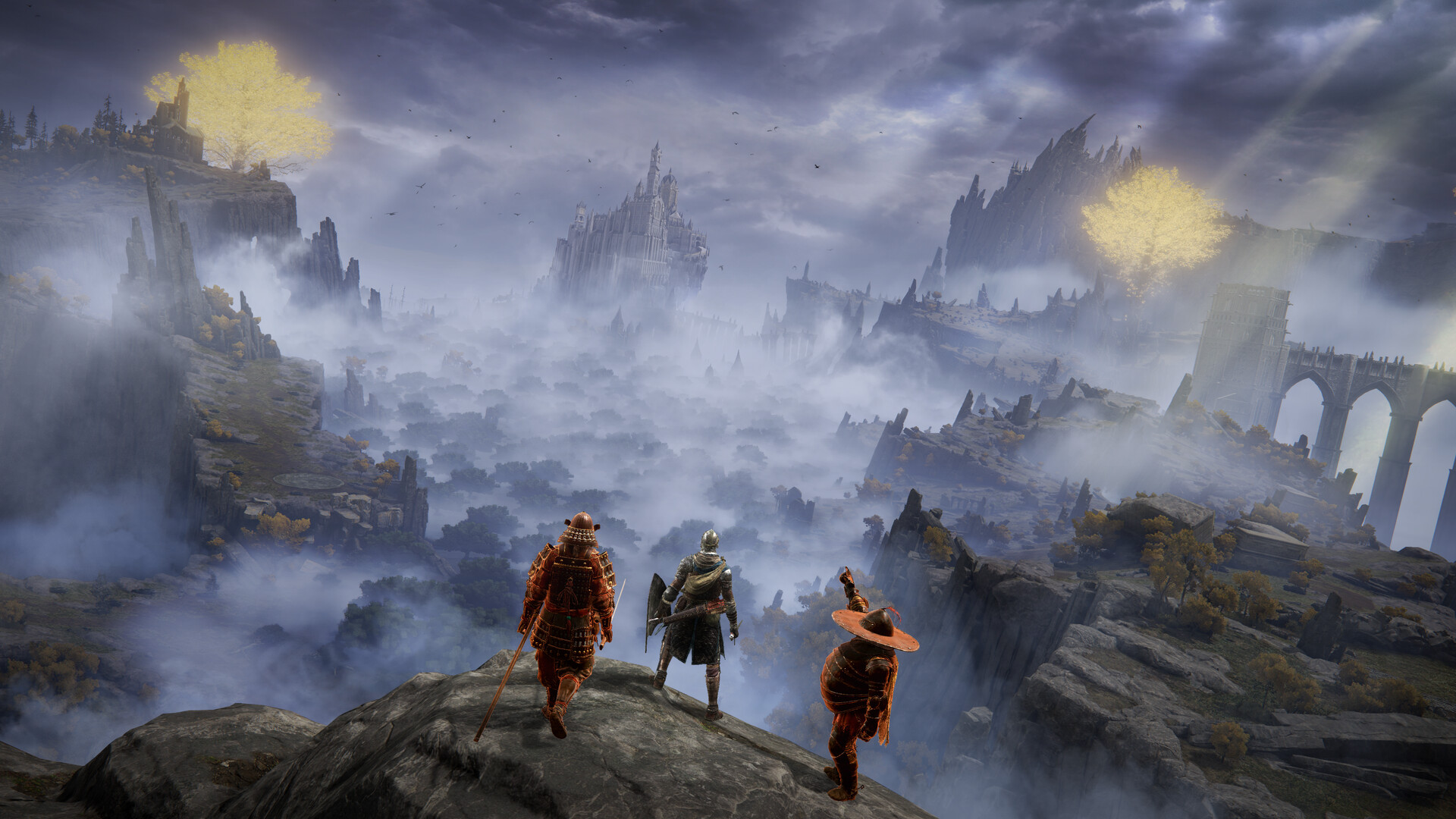Elden Ring and the Myth of “Git Gud”
One of the hallmark features of recent soulslike games is an unreasonable level of difficulty. For players who are accustomed to this genre of games, winning usually means “to git gud” at the game. The phrase is mostly used as an excuse and tends to overlook valid arguments about game design and balance. In reality, a boss being beatable does not automatically make it well-designed. There is a huge difference between a challenge and quality and unfortunately, sometimes, in spite of its brilliance, Elden Ring is another title that falls into the trap of equating challenge with well-thought-out game design.

When it comes to dealing with pure numbers, the gaming community is obsessed. It all starts off with, “How many weapons? How many bosses? How many hours of gameplay does it include?” The moment someone is brave enough to call out the stupid decision of cramming 200 bosses into a single game, rest assured, two hundred is the reply: “Umm, there are only 200 bosses. Literally unplayable.” however, video games should not be reduced to a factory line of content. It is art and Elden Ring is not just a collection of checkboxes to be ticked off.
The Combat Problem: Glass Cannons Everywhere
I can take them down. That’s not the issue. The issue arises with how to go about it. Many bosses in Elden Ring make use of rapid fast combos, tiny attack windows, and those notorious delayed baited attacks designed to bait early dodges. And sure, there is skill involved in mastering these patterns, but to be honest, it is less like learning the steps of a dazzling combat dance and more like slowly bashing through a sequence of uncomfortable timings.

The difficulty curve of the game is set up based on extremes. The players and even enemies alike are all glass cannons. It creates a scenario where fights are not about strategy or endurance, but damage racing. That phenomenon works for some people, but it does limit the range of possible playstyles. The leniency offered in Dark Souls, where you could tank, cast, parry, or dodge your way through, is rather lacking in Elden Ring, which seems to be on a meta of fast-paced, high-damage encounters.
The Build Experimentation Dilemma
Experimenting with different builds is one of the most exciting features of Souls games. In theory, Elden Ring should encourage this more than ever with the extensive selection of spells, weapons, and ashes of war. But in reality, the game punishes you harshly for switching builds mid-game.

More than just reallocating stats, respeccing implies looking for spells, acquiring new weapons, and collecting assorted talismans. That’s a massive time sink, especially with how difficult the game is. If you change builds only to feel weaker subsequently, the game does not accommodate your learning curve. So, most players are forced to get comfortable with one build for the entire playthrough, ultimately not enjoying the variety of the game.
Too Many Bosses, Not Enough Standouts
Let's admit, not every single boss in Elden Ring is worth remembering. The large number of fights actually lessen their impact. You go from an epic encounter against Margit or Malenia to yet another rehashed Erdtree Avatar or a reskinned dragon. If every fight is supposed to be a grand affair, then nothing feels special after some time.

40 unique, handcrafted bosses, each with their own lore, mechanics, and personality is something I would gladly trade out for two hundred encounters that are mostly just copies of one another. I would rather have a few stunning moments instead of an overwhelming number of encounters that simply blend into each other.
The DLC: More of the Same or a Step Forward?
While rumors suggest that the next DLC has the potential to add anywhere from 50 to 100 hours of gameplay, I sincerely hope it does not equate to more of the same. The single best thing FromSoftware could do is concentrate on improving boss encounters rather than drowning them in excessive quantity.

Nevertheless, there is some indication of hope. New mechanics, such as the Shadow Realm Blessing and “Relics” for character progression, imply the possibility of more outside approach-based fights. The content will allegedly be approachable with any build, which, if true, would mitigate the punishment for having non-meta builds. There’s also the possibility of a new map that has dynamic changes which suggest more creativity instead of another gigantic piece of land with more bosses.
The Beauty and the Flaws
Elden Ring is a masterpiece, but like every masterpiece, it is not without its flaws. Difficulty for the sake of difficulty does not mean great game design, and slapping a game with multiple bosses does not make it more epic.
It’s my fervent wish that the DLC does not just dump more antagonists into the mix and instead adds more depth. Fights are hardly ever about challenges only; they require a blend of a narrative, emotion, and the feeling that accompanies accomplishing an endeavor that appears impossible.
However, if there’s one thing we have learned, it’s that challenge alone does not make the Souls games masterpieces. What matters are the battles we reminisce about – our victories, the losses, and most fascinatingly, the musicians who sing for us after the curtain falls. And that holds the most significance.